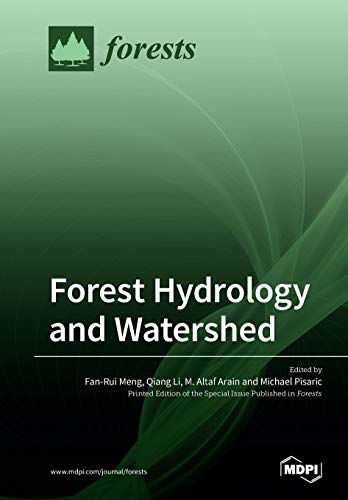

Most ebook files are in PDF format, so you can easily read them using various software such as Foxit Reader or directly on the Google Chrome browser.
Some ebook files are released by publishers in other formats such as .awz, .mobi, .epub, .fb2, etc. You may need to install specific software to read these formats on mobile/PC, such as Calibre.
Please read the tutorial at this link: https://ebookbell.com/faq
We offer FREE conversion to the popular formats you request; however, this may take some time. Therefore, right after payment, please email us, and we will try to provide the service as quickly as possible.
For some exceptional file formats or broken links (if any), please refrain from opening any disputes. Instead, email us first, and we will try to assist within a maximum of 6 hours.
EbookBell Team

4.8
74 reviewsHydrological processes in forested watersheds are influenced by environmental, physiological, and biometric factors such as precipitation, radiation, temperature, species type, leaf area, and extent and structure of forest ecosystems. Over the past two centuries, forest coverage and forest structures have been impacted globally by anthropogenic activities, for example, forest harvesting, and conversion of forested landscapes for plantations and urbanization. In addition, since the industrial revolution, climate change has resulted in profound impacts on forest ecosystems due to higher carbon dioxide (CO2) concentration or CO2 fertilization, warmer temperatures, changes in frequency and intensity of extreme weather events and natural disturbances. As a result, hydrological processes in forested watersheds have been altered by these natural and anthropogenic factors and these changes are expected to accelerate due to future changing climatic conditions. Hence, understanding how various environmental, physiological, and physical drivers interactively influence hydrological and biogeochemical processes in forest ecosystems is critical for sustainable water supply in forested watersheds. About 21% of the global population depends on water sources that originate in forested catchments where forest coverage larger than 30%. Furthermore, there are knowledge gaps in our understanding of the mechanism of hydrological and hydrochemical cycles in forested watersheds. This Special Issue addresses these gaps in our knowledge and includes twelve papers in the following three major research themes in forest watershed areas.